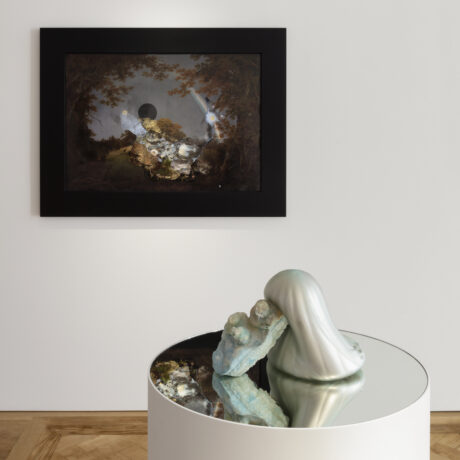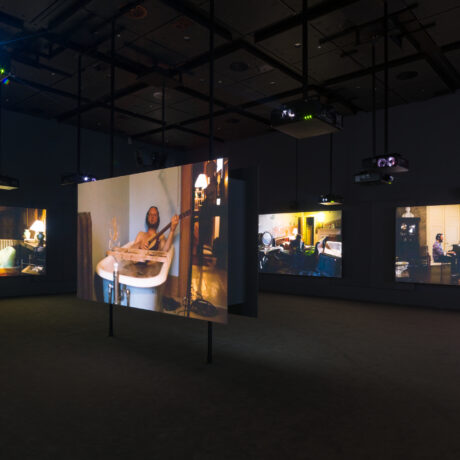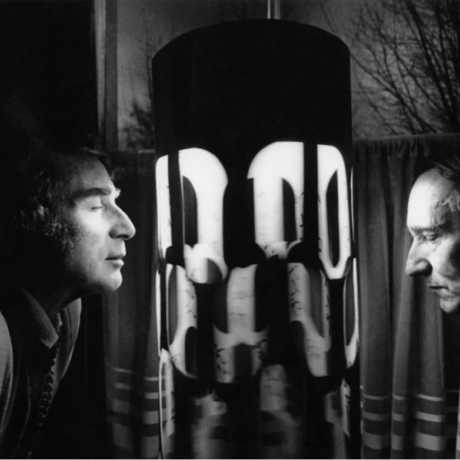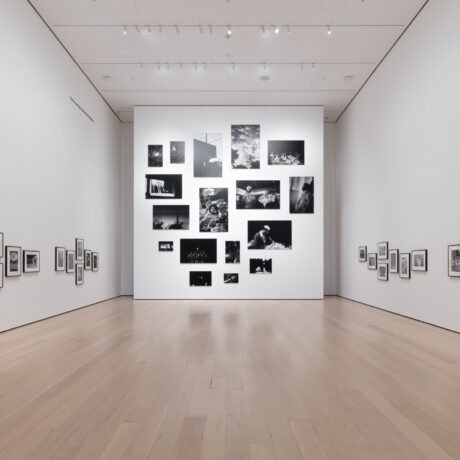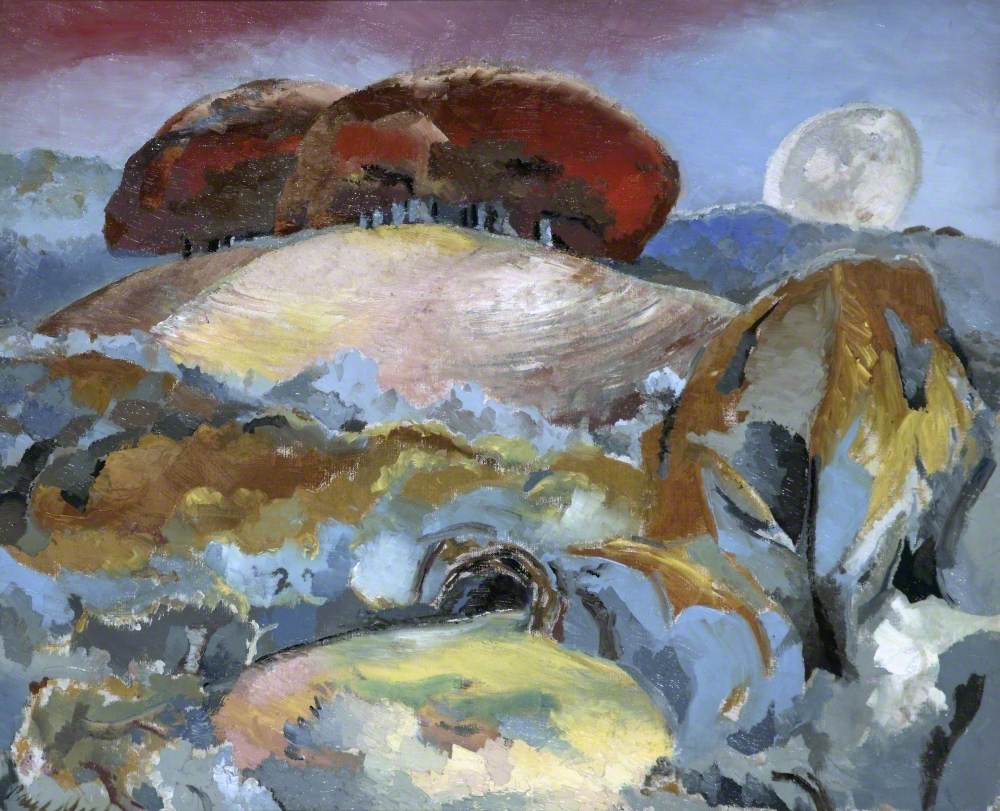
Elephant and Artsy have come together to present This Artwork Changed My Life, a creative collaboration that shares the stories of life-changing encounters with art. A new piece will be published every two weeks on both Elephant and Artsy. Together, our publications want to celebrate the personal and transformative power of art.
Out today on Artsy is Ginny Treanor on Judith Leyster’s Man Offering Money to a Young Woman.
Some children do not want to grow up and I was one of those children. At thirteen, having just moved to secondary school, I was struck down by glandular fever and missed almost a year of school. When I finally returned, the same thing happened again. In retrospect, it seems I had a breakdown. After a difficult couple of years, I simply couldn’t face life, life as it would become, life as it seemed to be. Everything stopped, just as I wanted it to. But—as we’ve learnt in lockdown—nothing ever really stops.
At the time, my family lived a mile from the river. I often wonder if this has a role in my twofold personality, whether people are formed by where they come from. In the winter, lush and expansive fields would disappear under floodwater, as the Severn burst its banks and the water came up to our front door. So, while I knew the bleak, inward-looking months of winter would pass into a seemingly endless summer, with the grass waist deep in the water meadows; so too I always knew that this would also pass, and the dark days return.
My favourite days were those afternoons in school when I would have one to one lessons with the art teacher. The art room was in the cellar—the bowels of the school. A battered old wardrobe held all of the art materials: the boxes of pastels; charcoals; the fine paints—the watercolours, acrylics all in metal tubes; the heavy cartridge paper. On the wardrobe door were postcards brought by the teacher from various exhibitions he’d visited. Some days, he’d take them from their Blu-Tack, set them in front of me and ask me to copy them.
I don’t know why it was Paul Nash’s Landscape of the Moon’s Last Phase that had such an effect on me, but it did. Yet, while later I could still remember the names of John Piper and Raoul Dufy—and the dark, etched lines of churches or brightly painted gondolas—Nash’s name I forgot. For years I would visit galleries and their shops, scouring the walls or postcards to see if I could find this painting, or be jogged by something into remembering.
“I became acutely alert, conscious of the chasm between how I behaved and how I wished to be perceived”
However, there was darkness too, and not just the adders whose shed skins or flattened bodies we’d find on the scorching black road in summer. There were the hands that groped down the pub; the hours when neither of our parents were at home and we had no idea if they would return; the china that was smashed and strewn across the kitchen floor; there was an overdose and the man in the village who hung himself; my mother’s stay in a mental hospital. There seemed to be a lot of funerals.
Then the art teacher had a breakdown. He attacked my parents: my mother as mental, my father a drunk; I was two-faced, not to be trusted; a histrionic Mummy’s boy. I’d be beaten up at senior school, he pronounced, and thrown into one of the Biffa bins, get my head flushed down the toilet. Worst of all, he confided, I lacked sex appeal, which is why I would always struggle to get a girlfriend. Later, we learnt he had been sending love letters to one of the other boys and this was why he was dismissed.
I accepted everything he had said and, in the weeks and months I was away from school, determined to reconstruct my personality from scratch. I intended to peel away my defences and deceptions, to reveal both my unconscious and the ‘real me’. I don’t know whether I thought these undesirable traits were really a part of me, and needed to be excised, or were a slip, an aberration, I needed to be watchful of.
Perhaps this had something to do with my developing sexuality—an anxiety about what I felt, or that I couldn’t trust my feelings. Either way, I became acutely alert, chronically self-aware, conscious of the chasm between how I behaved and how I wished to be perceived. Maybe it was a defence: my conviction that there was a true version of me, suspended in aspic, that it was my job to get to, to become.
Years later, I did learn Nash’s name, did rediscover the painting. Maybe it spoke to me about the passage of time, the loss of childhood and that innocent belief in adults that all will be well. For now, I recognise something sad, transient, about it. The moon is huge, but it is also down—it has almost passed. Yet it illuminates the scene into an almost second daylight, making everything both familiar and strange at the same time.
“In Nash there is an embrace of our dark recesses, the mysterious, the unknown, the primeval”
Nash repeatedly returned to the subject of Wittenham Clumps, using the same reference points throughout—the group of trees on the hill, the clearing in the foreground, with a bough leading onto it, like a Shakespearean stage. This repetition gives the place a kind of mythic quality. In his autobiography, Outline, Nash describes a realisation that the mystery of things can be realised through a ‘magical precision’, a ‘peculiar clarity’. In Landscape of the Vernal Equinox (III), the forms of the trees and plants are all recognisable, while in the Moon’s Last Phase, trees in the foreground are strange, moving shapes. They are trees while also taking on all the figures of an excessive imagination.
By returning to the same scene again and again, Nash not only shows it from a variety of angles—thus making it more ‘real’—but, at the same time, illuminates how such an elusive quality defies any such thing. He says, “It was this ‘unreality’ or rather this reality of another aspect of the accepted world, this mystery of clarity which was at once so elusive and so positive…” It is a kind of mystic knowledge.
Later, when in the midst of writing a book on the unknowable nature of ourselves and our desires, I visited the Tate’s 2016 exhibition of Nash’s work. Next to his depictions of the spring equinox and summer solstice, in which sun and moon are present in the same sky, was an undated typescript, in which he wrote: “The divisions we may hold between night and day—waking world and that of the dream, reality and the other thing, do not hold. They are penetrable, they are porous, translucent, transparent; in a word they are not there.”
So I return to Nash and I find all these things in his work: a rejection of simplicity; a rejection of the knowable, the material, the clear, the defined; instead, there is an embrace of our dark recesses, the mysterious, the unknown, the primeval. By staring at the clarity of a scene—the giant moon in the Moon’s Last Phase or the presence of sun and moon in the same sky in Equinox—we do indeed see how things can become more mysterious the better we know them.
This is what I learnt about desire: it can be porous, neither one thing or another, always on the move. Similarly, of myself, that there is no accessible truth, nor ‘pure’ state. That we are all the combination of our experiences; I am made by all these traces. Finally, his work is imbued with a sense of grace, an air of hope: the moon will begin a new phase, spring shall return. Light can emanate from darkness.
Did an artwork change your life?
Artsy and Elephant are looking for new and experienced writers alike to share their own essays about one specific work of art that had a personal impact. If you’d like to contribute, send a 100-word synopsis of your story to pitches@elephant.art with the subject line “This Artwork Changed My Life.”
Head to Artsy to read their latest story in the series, a piece on Judith Leyster’s Man Offering Money to a Young Woman
READ NOW
